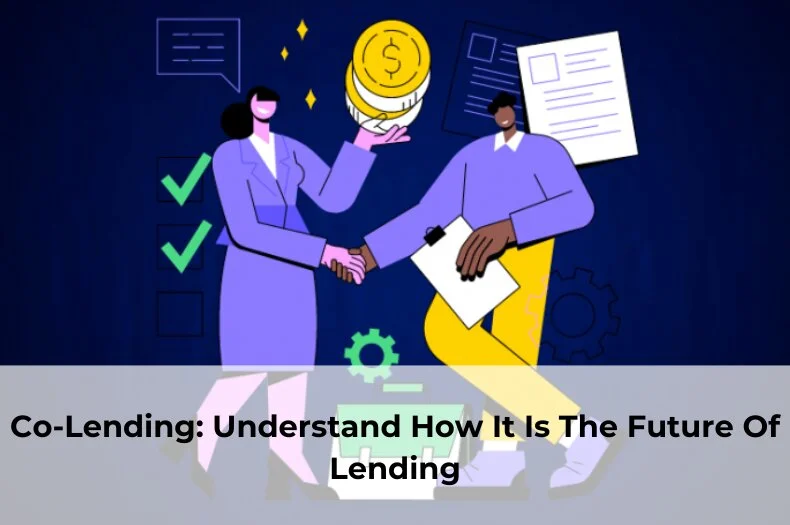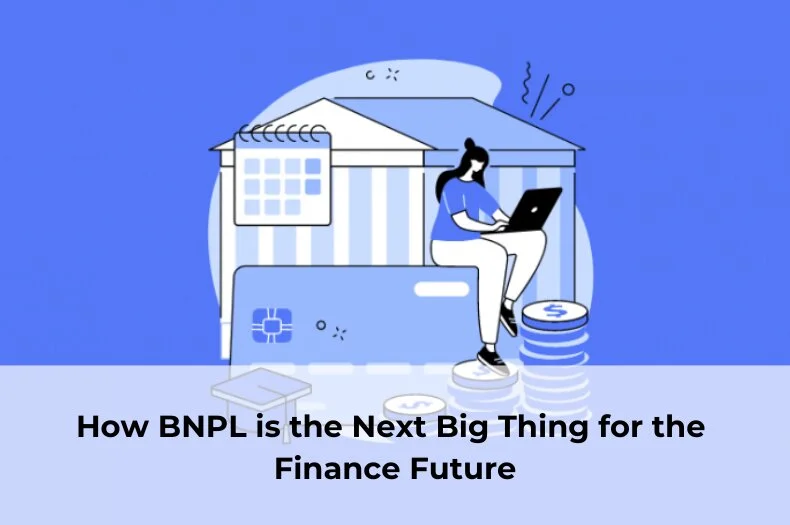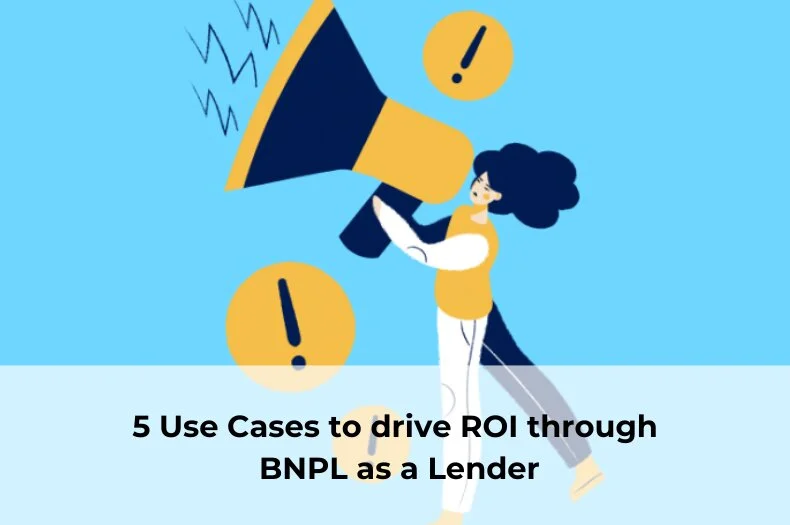Buy Now Pay Later Software
Easy financing. Boost sales. Expand credit options with CloudBankin's reliable BNPL software.


Introduction
Buy Now Pay Later has integrated into the financial industry faster than you can imagine. As one of the most popular means of alternative credit options, its current market size is 614.6 billion USD in 2022 globally. And the exciting part? It is expected to grow to 2,341.1 billion USD by 2028. But why is BNPL so popular? Because it enables borrowers to make payments right away, reduces their financial burden and provides easy repayment options and hassle-free transactions.
Hence, for you to thrive in this immensely growing and competitive market, you need a technology that simplifies easy access to credit, smart & real-time onboarding, quick decision-making, and gives you the ability to easily evolve into the new-age financial institution.
With CloudBankin, innovate in your own time and on your own terms. Benefit now by grabbing this opportunity and tap into extending credit directly to various categories of businesses and borrowers through Buy Now Pay Later.
Are you ready to embrace the future mode of credit? Get started with CloudBankin’s BNPL solution and provide a hassle-free purchase option to your borrowers!
Enhance Your Business With Our BNPL Software
What’s in it for you? Take full advantage of CloudBankin’s BNPL software with
- The fully customizable and configurable interface that enhances your borrowers' experiences and provides an uninterrupted journey to them.
- Simplifying the borrower origination process.
- The robust and built-in credit rule engine for implementing credit policy that helps with making quick and correct credit decisions.
- An end-to-end automated approach to assist you in integrating and adapting to various business use cases.
- Sending personalized alerts and messages.
- Fully tailor-made analytical reporting and dashboards to have a 360° view of your business.
- Bringing in more borrowers in terms of market capitalization.
Functionalities of Our Buy Now Pay Later Platform
Easily Assess Your Borrowers
Assign Credit Limit To Your Borrowers
Use Credit To Make Purchase
Generate Bills For Your Borrowers
Handle Cancellations Of Purchases and Returns
Easy and Faster Integration Of Your Borrowers Data
Streamline Borrower Onboarding
Automate Credit Decision
Empower Immediate Credit Risk Decisioning
Scalable And A Low-Code Platform
Absolutely Secure And Reliable
Value Adaptability, Quickness And Complete Freedom
Generate Borrower Activity Dashboard
Build Borrower Credit Worthiness
Auto Repayment Set Up
Generate Minimum Amount Due & Total Amount Due
Build Your BNPL with CloudBankin’s Flows!
1. Purchase Flow
- Pay Later – Let your borrower order in one tap and repay later. It’s that simple!
- Pay in 1, 4, 6, 12 or 18 – Let your borrower pay in instalments with zero interest!
- Add a default fee or late fee in case of an overdue period, and let your borrower repay in instalments!
2. Credit Card Flow
- Postpaid – Let your borrower keep purchasing whenever they want and repay at once or the minimum on the due date!
3. Line of Credit Flow
- Enable your borrower to make purchases by debiting line of credit (LOC) on the amount, thus reducing their credit limit!
In What Ways Can Buy Now Pay Later Help You In
Revenue Generation?
From Your Borrowers
- By applying interest rates or not at all
- By applying processing fees or service fees
- By applying late fees or default fees for overdue periods
From The Merchants
- By applying merchant fees like merchant discount rates (MDR) and subvention
Want to Explore More? Get In Touch With Us
With CloudBankin, easily upgrade into the fast-evolving world of Buy Now Pay Later and launch into the market within weeks! Get in touch with us and start providing BNPL service to your borrowers!
Frequently Asked Questions
What are the benefits of using this BNPL software?
The following are the benefits: 1. The fully customizable and configurable interface to enhance customer experience. 2. Simplify the origination process. 3. Built-in credit rule engine to make quick and correct credit decisions. 4. End-to-end automated approach to integrating many business use cases. 5. Send personalized alerts and messages. 6. Customised analytical reporting and dashboards for a 360-degree view of the business.
What are the flows of CloudBankin’s Buy Now Pay Later software?
There are 3 flows in our BNPL software through which you can build your product. 1. In Purchase Flow, you have: a) Pay Later – You let customers order in one tap and repay the amount later. b) Pay in instalments – You let your customers pay in instalments in 1 month, quarterly, or half-yearly. c) If there is an overdue period, you add a default or late fee and repay back in instalments. 2. In Credit Card Flow, you have Postpaid, where you let customers repay at once or the minimum amount on the due date. 3. In Line of Credit Flow, you enable customers to make purchases by LOC on the amount, thereby reducing their credit limit.
Related Articles
- Email: salesteam@cloudbankin.com
- Sales Enquiries: +91 9080996606
- HR Enquiries: +91 9080996576



After smartphone penetration, people are not watching their SMS at all. They use SMS only for OTP related transactions. That’s it.
But What can a Lender see in your SMS after you consent to them?
Lender can see income, expenses, and any other Fixed Obligation like (EMIs/Credit Card).
1) Income – Parameters like Average Salary Credited, Stable Monthly inflows like Rent
2) Expenses – Average monthly debit card transactions, UPI Transactions, Monthly ATM Withdrawal Amount etc
3) Fixed Obligations – Loan payments have been made for the past few months, Credit card transactions.
It also tells the Lender the adverse incidents like
1) Missed Loan payments
2) Cheque bounces
3) Missed Bill Payments like EB, LPG gas bills.
4) POS transaction declines due to insufficient funds.
A massive chunk of data is available in our SMS (more than 700 data points), which helps Lender to make a credit decision.
#lendtech #fintech #manispeaksmoney